The Best AI Chatbots for 2024, ChatGPT started the AI chatbot revolution, but there are more AI chatbots worth exploring for different uses. We’ve tested them to help you determine which one is right for you.
ChatGPT isn’t the only AI chatbot out there, and knowing their strengths and weaknesses can make a difference in how you use them. Thanks to billions of dollars in investments, these tools improve and change constantly, bringing more excitement about their potential along with sometimes frightening ethical issues. Yet, most people still have basic questions about artificial intelligence, such as, “What is AI?” and “How do I use it?”
We put the best AI chatbots to the test—and we’re still testing more—to cut through the hype and assess what they can really do. Their human-like responses to your questions and prompts, plus their ability to carry on a natural conversation, can help you get information in minutes instead of the hours it might take to sift through individual links in an online search. Chatbots can also do more than that. They can create tables of data, craft a flirty text message, and much more, thanks to add-ons like ChatGPT plug-ins. There’s no ceiling right now on what AI, and specifically large language models, can do for you.
Read on to learn what makes the top generative AI chatbots different from one another and how to choose the best AI chatbot for you.
Deeper Dive: Our Top Tested Picks
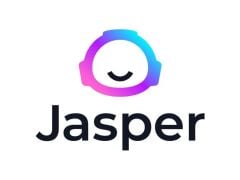
Why We Picked It
Unlike the other chatbots on this list, Jasper (also called Jasper AI) has a clearly defined purpose. It’s meant for business use, and it excels at marketing tasks in particular. It comes with helpful templates that you can use to create marketing materials and campaigns. It checks for plagiarism, supports collaboration, and creates custom content based on the information you feed it about your brand and products.
Who’s It For
Although you can use Jasper to do all the same tasks you might ask of other AI chatbots, it’s built for and does its best work when put to use for business marketing. Jasper is one of the top virtual assistants if you need to write website copy about products and brands, create social media campaigns, or even summarize meetings.
The Best AI Chatbots for 2024
Read Also : Best Remote Desktop Software in 2024
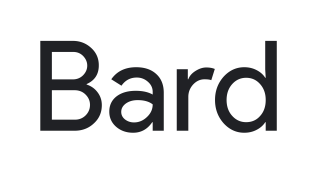
Why We Picked It
Of all the AI chatbots we’ve tested, Bard is the most well-rounded. Google’s in-house large language model, called PaLM2, is one of the largest, most sophisticated ones on the web. It powers Bard, which Google currently refers to as an “experiment.” Regardless, Bard writes with more straightforward language than ChatGPT, making it a more conversational AI, which feels consistent with its overall focus on productivity.
Bard makes an effort to cite its sources, though it lacks consistency here. Bard is a better AI chatbot tool for research, shopping, and travel planning than ChatGPT, as it has access to timely information from the web. Moreover, if you don’t like the answer you get from the Bard AI, you can press Google It to get more traditional search results.
Who It’s For
For those who already use Google Search, Gmail, Docs, Sheets, and other Google apps, Bard is the best chatbot solution today. It offers export options to these apps, meaning you can ask it to draft an email, then export to Gmail, make some edits, and press send. Bard also offers images in its responses, which can be helpful for understanding complex information that may require diagrams.
Microsoft Bing Chat
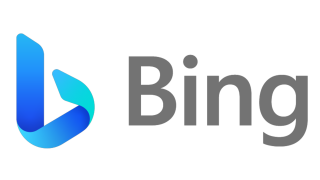
Why We Picked It
Microsoft’s newest update to its Bing search engine is Bing Chat—though it’s recently been renamed as Copilot in Bing to be more cohesive with Microsoft’s other AI product. The Bing AI chatbot is powered by OpenAI’s most-advanced models, making it a compelling ChatGPT alternative. It offers the same conversational capabilities as ChatGPT, but with three different styles to choose from: More Precise, More Balanced, and More Creative. Bing Chat also offers a free image generator, which adds a fun, creative element. Bing Chat earns trust with its consistent source citations. However, it often gives shallow answers that may make you abandon it for a more traditional online search.
Who It’s For
For those looking for a quick overview of a subject as an alternative to a traditional online search, the Microsoft Bing AI is an excellent choice. While its competitors do the same thing, Bing Chat stands out because it consistently attributes all its sources, making it easy to verify the information and continue researching on your own.
ChatGPT
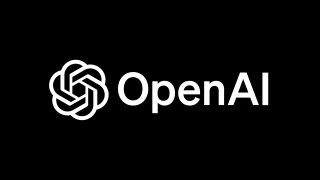
Why We Picked It
ChatGPT, which has almost become synonymous with AI, for better or worse, is powered by the most advanced, humanlike large language models on the web: GPT-3.5 and GPT-4. The app produces incredibly comprehensive responses with a friendly attitude. Whether it’s human languages or coding languages, ChatGPT excels at providing you with a foundation of content to build off and change as you see fit. However, it lacks source citations, data from later than 2021, and access to the web for new information, so it’s less useful and trustworthy when it comes to research (or when asking for its opinion).
Who It’s For
ChatGPT is best for anyone just trying out AI who wants to experience some of the most humanlike, impressive AI-generated writing around. Programmers also love ChatGPT, which serves as a helpful companion for debugging and even writing code.
Buying Guide: The Best AI Chatbots for 2024
How Much Does It Cost to Use an AI Chatbot?
Three of the chatbots we tested are free to use. Jasper does not have a free version and starts at $49 per month. ChatGPT has a free version and a paid version, called ChatGPT Plus, which costs $20 per month.
Other AI chatbots not reviewed here charge a range of prices. There isn’t much consistency in this market yet. For example, Perplexity charges $20 per month. HuggingChat by HuggingFace is free.
What’s the Difference Between a Chatbot and a Large Language Model?
Chatbot is an umbrella term that large language models fall under. It can apply to a customer service answer bot with limited canned responses, as well as a more sophisticated tool like ChatGPT.
We specifically test chatbots that use a form of AI called large language models. They use vast quantities of data to “learn” patterns in the information and predict user intent based on questions or prompts. No answers are canned or pre-determined. They are uniquely generated for each conversation between human and machine, during which the model remembers recent exchanges and builds on the information in a natural, human-like way.
How to Choose the Best AI Chatbot
To test AI chatbots, we ask each one the same series of questions and compare their answers, looking at accuracy, length, complexity, and consistency over time. We also look at the core features each chatbot offers, such as whether they can create tables of data, provide citations, accurately summarize information, and so forth because it dictates what you can use them for. However, AI technology is rapidly evolving, and what it can do may change in a single day. We account for these differences and note the things that change over time as appropriate.
There are pitfalls to this approach that are worth bearing in mind. For one, it’s impossible to fully vet the scope of an AI chatbot solution. One person may have a niche use case related to their work, while another person may have zero use for that particular functionality. It would require an army of experts in every field to fully evaluate these tools, and even then, the tools change constantly. Not even their creators are quite sure yet what they’re capable of.
That said, there are some clear differences we notice in testing. After spending significant time with each one, you will likely form your own opinion on which are the best AI chatbots, just as we have.
Views: 1

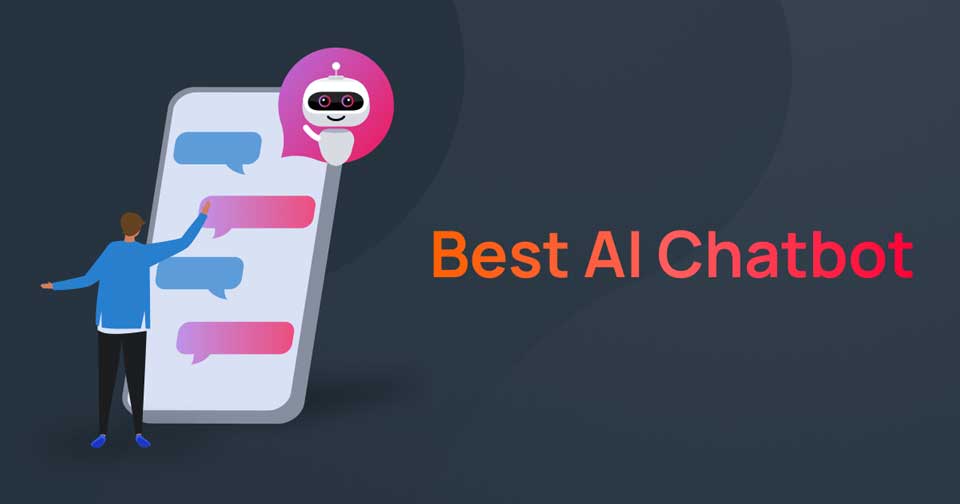
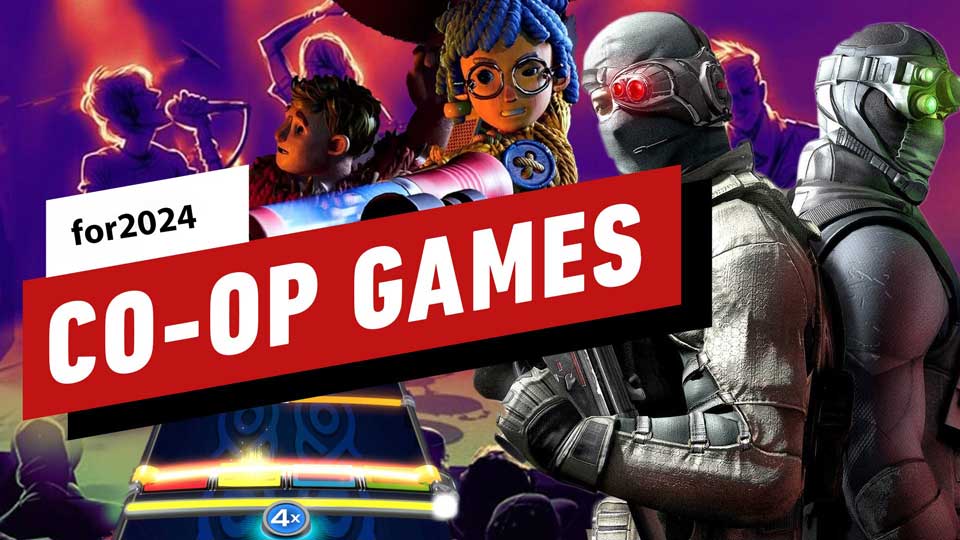

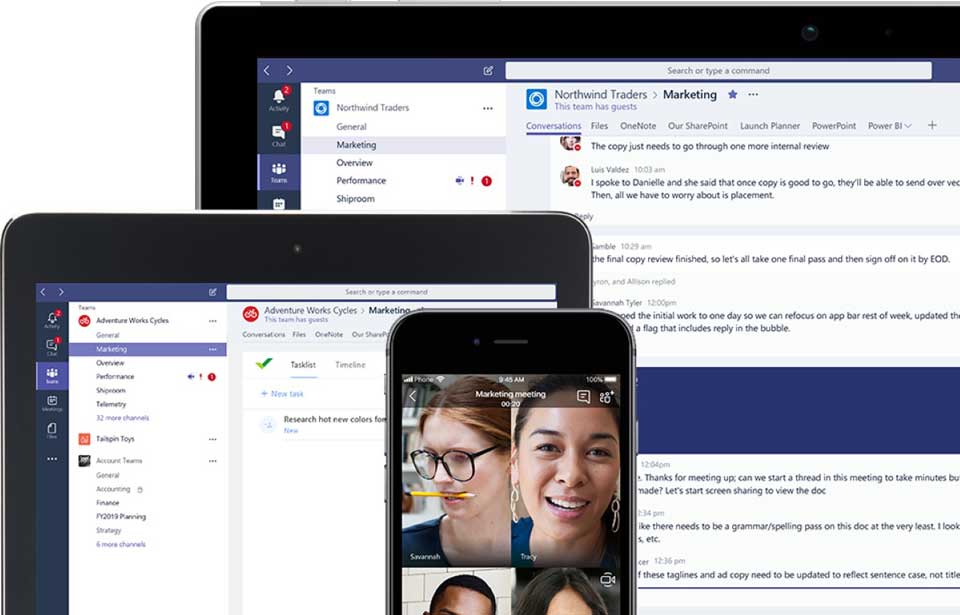
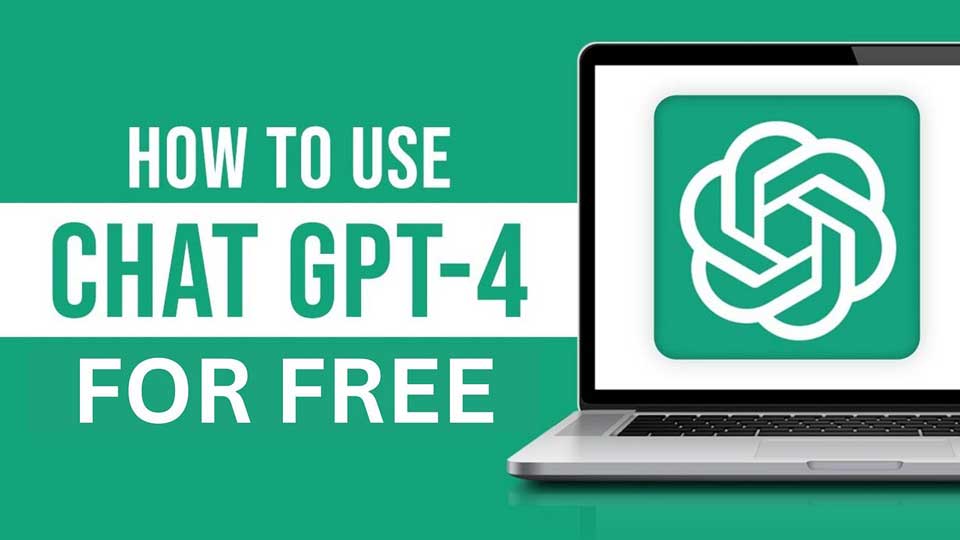
Leave a Comment